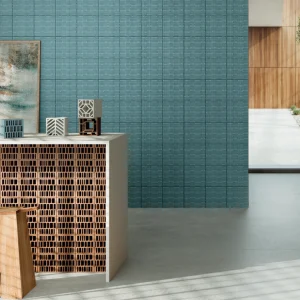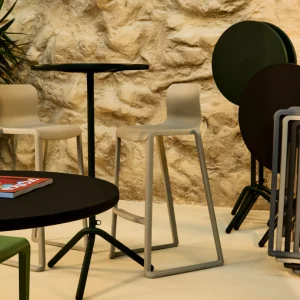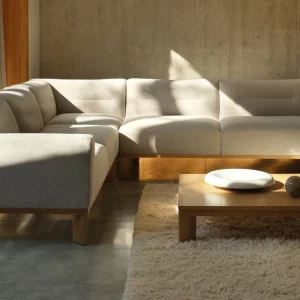
On the eve of the Biennale, a small corner of Venice, just north of the Arsenale, is bathed in the soft glow of light from the improvised cinema screen. A Russian film is playing and people are sat on a random assortment of chairs or lying on the floor, sweltering in the humidity but enjoying the entertainment. Away from the architectural congregating at the Giardini, Morion social centre is gearing up for its own Biennale. Ostensibly a fringe event, it is in fact central to the themes of the official Biennale.
The Morion – a community centre – is the kind of place that normally gets ignored from the Biennale. Thanks to the art group Rebiennale, though it has stealthily benefited from the event. In the centre of the main room sits a table from the Brazillian pavilion, there is scaffolding from the French and timber from just about every country you could imagine. The building itself sits in a working class area, tucked away from view and only encountered by locals and the occasional wayward tourist. For all the rhetoric of the pavilions, it feels that the Morion is the first step being taken to engage the biennale with the Venetian population.
Helping realize this ambition is Nicolas Henninger, part of the EXYZT collective who designed the French pavilion 4 years ago and the Dalston Mill project back in London last year. He has been living in the city since early august and has helped put together the schedule of events at the Morion. He is just one of a few practices that have seen the potential in the Morion and have bought into it and other organisations such as GAU:DI and Wonderland will also host events.

The centre will show films, house the British Council Party, host an exhibition and provide a home to a band of fifteen volunteers and collaborators. Henninger believes that the centre and the work of Re-Biennale who appropriate the exhibits from the giardini are the true legacy of the Biennale. ‘Every two years there is a new theme, there are new shows, there are new ideas. But there is no joined up thinking, each event is insular. Here, the exhibits build on each other and engage with the public in a way the Biennale doesn’t,’ says Henninger.
This year’s theme, People meet in Architecture, hopes to set an agenda of engagement and interaction. Today, for the first time, the press will get to see how this has been interpreted – yet the true engagement of this biennale may not begin until mid-November, when Re-Biennale, with whom Henninger has been working, salvage the remenants and add it the Morion. This year also sees the launch of the Biennale Archive, yet just north of the site, a museum with a life of it’s own is emerging and giving back to the city what the Biennale never does. Its at the Morion where people meet in architecture.






